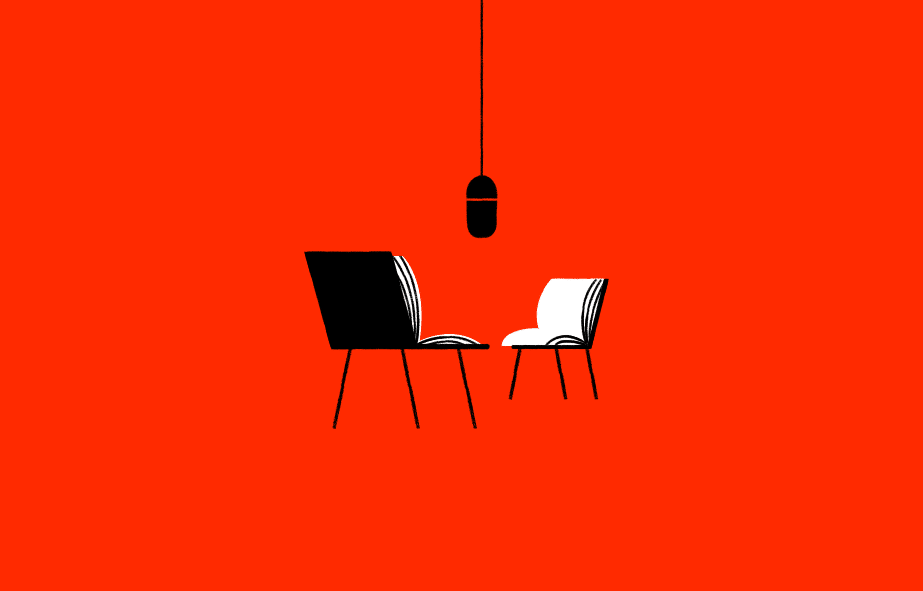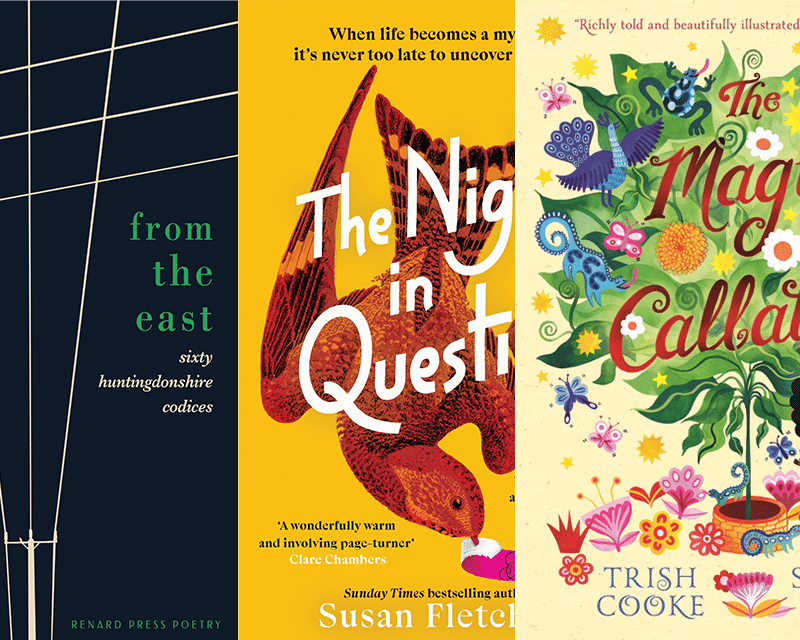- Collected
- Article
Library Tickets
The other Bloomsbury

- 5 September, 2016
- Catherine O’Flynn
1970s inner city Birmingham is not everybody’s idea of a childhood idyll; I don’t suppose it’s even mine. The industrial heyday of my neighbourhood of Nechells was long gone, and its forlorn future as a rebranded, windswept regeneration zone was yet to come. This was the liminal phase of abandoned factories, derelict houses and weed-strewn expanses of wasteland. But for local children, Nechells was essentially a sprawling, insanely hazardous, post-apocalyptic playground.
I enjoyed it, most of the time, but occasionally on biting February mornings or sodden April afternoons it was nice to find somewhere warmer and less treacherous to explore, and that place for me was the local library.
The library was the grandest building in Nechells, an ornate, red-brick edifice built in 1892. The exterior was decorated with terracotta panels. One depicted the female figure of Birmingham receiving the gifts of the City’s arts, crafts and industries — not that I grasped the symbolism as a child. Perched on its tight triangular plot, the library seemed somehow lonely in the midst of the surrounding 1960s council estate; I always thought it looked a bit perplexed as to how exactly it had ended up there. The first time I saw a picture of the famous Flatiron Building in New York I felt a twinge of recognition. Those same unlikely angles, the same brief spasm of vertigo, the sense when looking up that the building was teetering on its foundations.
Technically, Nechells library did not exist. It was called, instead, Bloomsbury Library. I’ve since discovered that this was simply because at the time of building, Bloomsbury in London was deemed the place to be, and it was believed that the name alone would add a patina of prestige and sophistication to an inner-city slum. But I grew up knowing only one Bloomsbury. In later life, when I heard talk of the Bloomsbury Set, I assumed that Nechells must just have been a lot more literary in the past. Maybe all those demolished houses had contained poets.
Bloomsbury Library interior is my all-time favourite smell. I’ve tried lots of other Victorian libraries but none have the blend quite right. It’s a very particular distillation of old books, damp anoraks, parquet flooring, wax polish and sunlight.
I always liked the children’s section. I enjoyed the small, brightly coloured wooden blocks that served as chairs and the lovely hollow noise they made as you pulled them across the parquet floor. I liked the books too — even though in my memory most of them featured terrifying woodcut illustrations of whey-faced children and malevolent little old men. What I liked best though as a young child – in fact very much the main reason to go to the library in the first place – was all the business with the tickets.
I think on balance life is significantly better for my children than it was for me in many ways, but a barcoded plastic card will never afford them the joy and deep satisfaction that my eight little chunky cardboard library tickets gave me. There are few greater thrills for a child than understanding how something works — and the direct exchange of one ticket for one book and vice versa was wonderfully free of mystery and complication. Added to that was the absolute buzz of seeing and hearing a date stamp do just what it was brought into this world to do.
I was probably nine or ten before I began to appreciate the library more fully and realise that the books themselves could be almost as enthralling as the ticketing system. I spent hours in the Teen Fiction section (as it was then known). I remember burning my way through all of Joan Lingard’s Kevin and Sadie novels, set against a backdrop of the Troubles in Northern Ireland; all of John Christopher’s post-apocalyptic novels about the Tripods; and later discovering Mervyn Peake and Gormenghast for the first time. The books I got from Bloomsbury Library shaped me as a reader, a writer and a person.
The allure of the books must have been great because visiting the library involved braving a hazardous border crossing and engaging in dangerous territorial incursion. I went to St Joseph’s Roman Catholic primary school, which was in a state of permanent war with the provocatively named Cromwell Street school just over the road. The library lay in Cromwell’s godless territory and I suffered many attacks and ambushes on my way to and from its doors: my bike was taken, I was the frequent target of stone-throwing snipers and, on one occasion, my anorak hood was used rather elaborately as an ashtray by some boys. It’s not purely rose-tinted cliché to say that the library was a sunlit sanctuary from the world outside its doors.
I left Nechells when I was 15. John Madin’s bold, Brutalist library in the city centre became my local after that. That library is in the process of being demolished as I write, but that’s a whole other eulogy. Nechells changed beyond recognition over the years, but the library remained. I’d go back there sometimes as a grown-up yearning for some connection with my past. I’d pick up a book, sit at a desk and try not to sniff the air like some terrible library pervert.
In 2013 some thieves (and I’ll always suspect they were ex-Cromwell Street pupils) stripped all the lead off the library’s roof, causing flooding and significant damage to the building and its stock. For a Birmingham City Council looking to cut costs it was enough to close the library for good. In the local paper, an anonymous library employee, doubtless someone I’d once envied for their freedom with a date stamp was quoted as saying, ‘We are all very disappointed as many of us have worked there a good many years and love the building. It is so old and has so much character.’ A year later I found the library listed for sale on a property website — a guide price of just £100,000 was given for what was described as ‘An imposing late-nineteenth century grade II listed library in need of some repair and improvement.’
In 2008 I went to New York to visit the offices of the publishing company Henry Holt. They had just published my first novel in the US and I was over there doing publicity. I hope that makes me sound like a big shot and nicely skates over the fact that the trip was largely a baffling ordeal and my subsequent two books died a death there.
This memoir is seeping inexorably toward its inevitable, sentimental conclusion — how the child in the library became the published author: ‘I looked up at the towering skyscrapers and thought of all the places my eight library tickets had taken me’. But I’m pretty sure I didn’t do that. I gave the taxi driver the address and probably thought instead of what, if anything, the publishers might have laid on as a buffet. It wasn’t until we pulled up and I saw the famous silhouette that I realised the publishers were based in the Flatiron Building. I thought of Bloomsbury library then, the smell and the sunlight and the pages — a vivid sense-memory, gone as soon as it came. I got out of the cab and entered the famous building. There was no buffet.
You might also like:
No facts, only versions
Memoirs are as much about what is excluded as what is included. This edition examines how you can evoke the…
RLF Fellows’ News: April 2024
Publishing News RLF Fellow Trish Cooke’s new children’s book, The Magic Callaloo, is set to be published by Walker Books…
Susan Fletcher on outsiders in fiction – literal and imagined
I’ve always known that I’ve preferred to be outside. To be an outsider – literally, and, specifically, amongst wild places…


